“Native plants give us a sense of where we are in this great land of ours. I want Texas to look like Texas and Vermont to look like Vermont.” — Lady Bird Johnson (First Lady of the United States as the wife of President Lyndon B. Johnson, 1963 – 1969).
Plants define the landscape. In California, besieged by the twin threats of drought and wildfire, the choice to grow native versus non-native plants is attracting more attention than ever before. What exactly are the merits of native compared to non-native plants, and how do gardeners make the best choice about what to grow in a home garden?
Native plants occur naturally in the area where they originally evolved. These plants have coevolved with wildlife, fungi, and microbes, and their interdependent relationships form the foundation of our native ecosystems (Native and Naturalized Plants for the Home Garden in Northern California, p. 1).
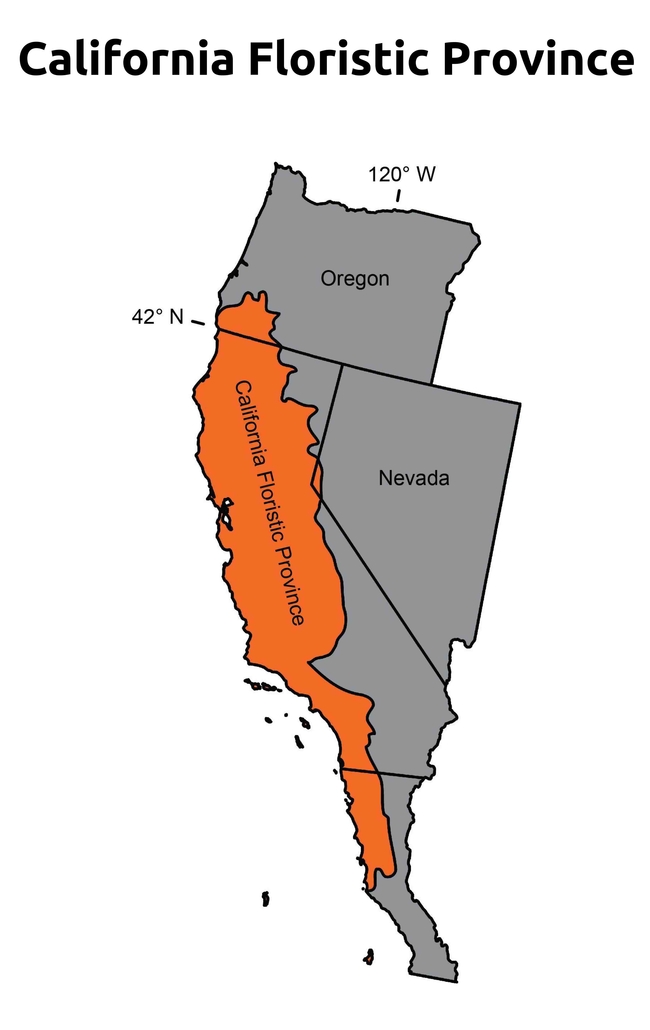
With this stunning variety of native plants, you might expect to see them growing on every corner and offered for sale in every nursery and home improvement store, yet this is not the case. In fact, according to the California Academy of Sciences, 75% of the original native plant habitat in California has been lost (Hotspot: California on the Edge, p. 2).
Since California natives are less commonly planted compared to non-native plants, you can become more familiar with them by visiting a local native plant garden such as the Butte County Master Gardeners Demonstration Garden at Patrick Ranch in Durham, the Alice B. Hecker Native Plant Garden at Chico Creek Nature Center, and the Native Plant Pollinator Garden at Gateway Science Museum in Chico.
But how do we know for sure that a plant really evolved in the local area? Botanical studies of the world's flora have been ongoing for many years, and the historical record includes many specimens and drawings of plants that were originally brought to America by European explorers and settlers. In addition, paleobotanists have been able to compare fossil records with modern plants to accurately identify which plants are native to an area (Native and Naturalized Plants for the Home Garden in Northern California, p. 2).
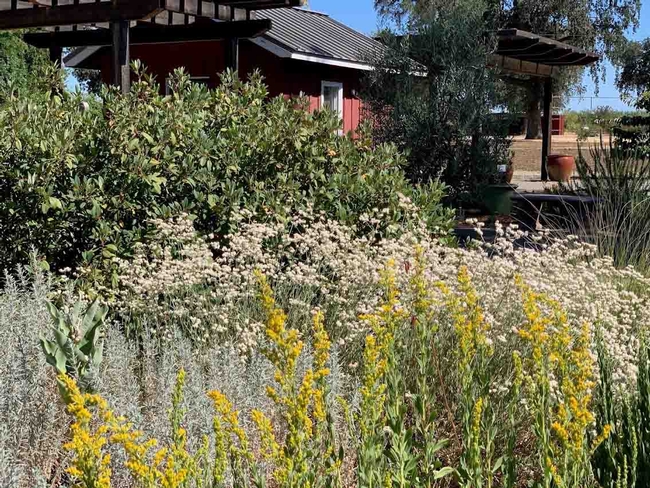
Another advantage to native plants is that once they are established, they normally need little watering beyond normal rainfall. With California experiencing an historic drought, native plants can help save significant amounts of water that would otherwise be soaked up by thirstier landscape plants. In general, native plants require less maintenance than non-native garden plants: less water, little or no fertilizer, less pruning, less of your time.
In addition, California native plants attract wildlife that use these plants as their natural habitat. For example, the many pollinators that flock to native plants can improve fruit set in your home orchard and yield in your vegetable garden. A variety of native insects and birds can reduce populations of mosquitos and plant-eating bugs. By using native plants, you support native wildlife and help preserve the balance of natural ecosystems (Benefits of California Native Plants).
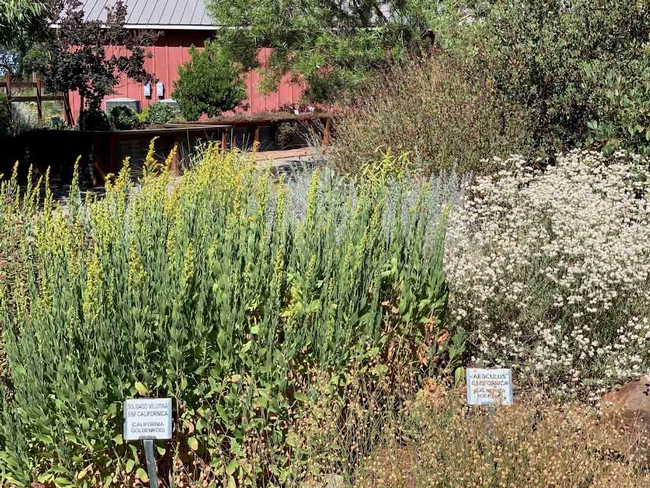
“California has the greatest natural botanical diversity of any state in the United States. In addition to nearly 5,000 native plant species, there are about 1,500 non-native species that have become established in the state. About 250 to 300 of these are weeds of agricultural crops, turf, or gardens. The remaining 1,200 or so are naturalized plants of wildlands or disturbed non-crop areas, some of which are important invasive plants” (UC IPM Pest Notes: Invasive Plants).
Invasive plants can “disperse, establish and spread without human assistance,” and they cause disruption of natural ecosystems. The worst invasive species are called landscape transformers because they substantially alter the “character, condition, form and nature of the invaded habitat,” consuming resources needed for native plants to survive. When invasive plants replace native plants in the wild, wildlife that feed on the native plants suffer and may become endangered. (UC IPM Pest Notes: Invasive Plants, pp. 1-2).
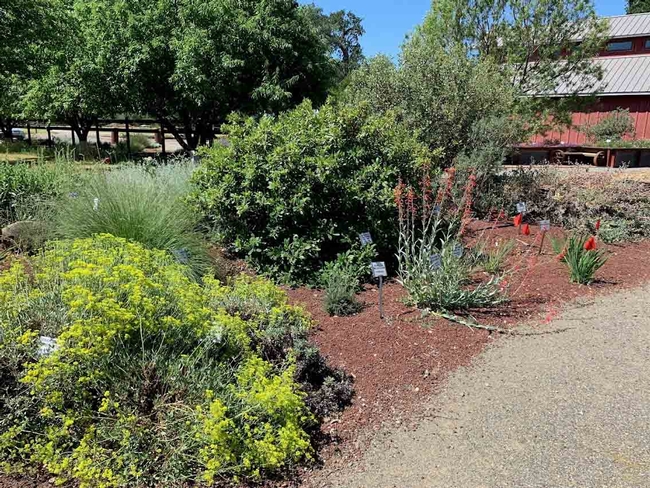
Home gardeners may be surprised to learn that commonly available plants such as periwinkle (vinca major), or butterfly bush(Buddleja davidii), are listed on the California Invasive Plant Council Inventory, as are sweet alyssum (Lobularia maritima), and gazania daisy (gazania linearis). Periwinkle, English ivy, Himalayan blackberry, and Chinese pistache, among others, have invaded our own beloved Bidwell Park. You may be dismayed to realize that you are growing invasive plants in your own garden! The University of California's division of Agriculture and Natural Resources has information on how to determine whether a plant in your garden is safe to keep or should be removed (UC IPM Pest Notes: Invasive Plants, p. 7). The potential for a plant to spread from your garden to surrounding natural areas is a critical consideration in deciding whether to keep an invasive plant or destroy it.
When you shop for plants, “the key element is to know which horticultural plants are invasive in your area of the state. If a plant is listed as invasive in your region, it should be avoided for landscape use, especially for locations near natural areas. It may be safe to use in other regions, but sometimes the plant is not listed as invasive in an area merely because it has not yet become a presence” (UC IPM Pest Notes: Invasive Plants, 7).
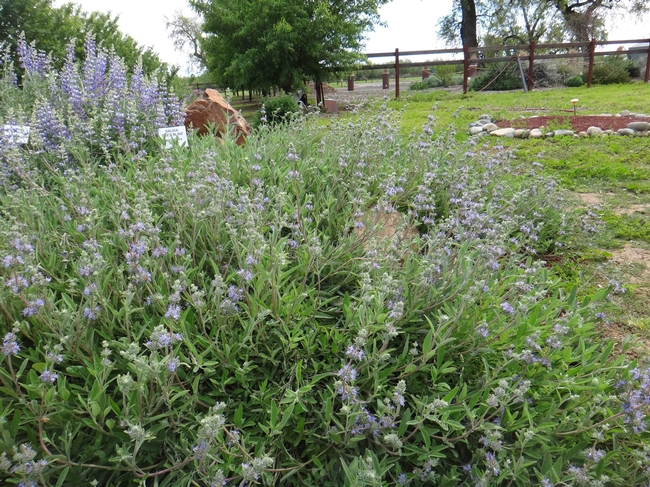
Another fine resource for Butte County gardeners interested in planting responsibly is the list of Butte County All-Star Plants developed by the Master Gardeners and based on their experience at the Demonstration Garden at Patrick Ranch. These are plants that grow well in the local area. Almost all them are drought tolerant or require only moderate watering, and some are also California natives.
Gardeners interested in planting California native plants will appreciate the CalScape website where you can enter your address and search for plants that are native to your area. The search results are categorized in useful ways including low/very low water, butterfly hosts, very easy to grow, shade/part shade, annuals, perennials, and more. The information on each plant also details how the plant provides habitat for wildlife.
Clearly, home gardeners can support the health of natural ecosystems and conserve water in California by making wise choices about landscape plants. With non-native plants, make sure a plant is not invasive (or potentially invasive) before purchasing it, and be aware of its water requirements. Ultimately, California native plants are the best and most responsible choice, especially because of the ongoing drought and their diminishing natural habitat. The one drawback of native plants, perhaps, is that they can be harder to find; fortunately, the Butte County Master Gardeners program offers twice yearly plant sales featuring native plants at reasonable prices. One native plant at a time, home gardeners can help “California look like California” again in all its marvelous biodiversity.
Works Cited and References for Further Information
Benefits of California Native Plants, California Native Plant Society
California Invasive Plant Council Inventory, California Invasive Plant Council, 2006-2021.
CalScape, California Native Plant Society
Castillo, Dava, and Elkins, Rachel, Native and Naturalized Plants for the Home Garden in Northern California, The Regents of the University of California Agriculture and Natural Resources, 2009.
DiTomaso J.D., Bell C.E., Wilen C.A. 2017, UC IPM Pest Notes: Invasive Plants, ANR Publication 74139.
Hotspot: California on the Edge, California Academy of Sciences, 2005.
PlantRight, Plant California Alliance, 2019
UC Master Gardeners of Butte County are part of the University of California Cooperative Extension (UCCE) system. To learn more about us and our upcoming events, and for help with gardening in our area, visit our website. If you have a gardening question or problem, email the Hotline at mgbutte@ucanr.edu (preferred) or call (530) 538-7201.